PPC Explained: Boost Your Business with Pay-Per-Click
In digital marketing, business firms are always looking for how to stand out among all others in effectively reaching the target population. With various strategies in advertising, it’s sometimes tough to pick a preferred one. However, PPC advertising, in particular, is one of the most popular and effective, which makes possible and fast traffic along with online visibility for businesses. PPC is measurable and cost-effective access to targeted customers actively searching for your products or services.
The method of PPC involves allowing the advertiser to bid for specific keywords, and he is charged only for the click that someone makes on his ad. It gives instantaneous results, allows for precise targeting, and tracking and optimization for better performance in campaigns. Types of PPC Ads There are four types of PPC ads: search, display, video, and social media, each offering a different opportunity to engage.
What is PPC?
Pay per click, shortly PPC, means paying each time a user clicks on the advert. It’s an online marketing way in which a website or an online product pays a specific fee for a visit to your site rather than getting visits naturally through search engine optimization. Ads may appear in search engines, social media websites, and also other websites depending on whether those websites accept to post adverts or not.
How Does PPC Work?
PPC functions through a system of bidding whereby advertisers compete with each other to have their advertisements placed. In simple terms, this is how it works:
Choice of Keywords: Based on the business or the product, an advertiser selects keywords. These keywords present what the user will likely be looking for if he or she needs a product or service.
Ad Auction: An auction occurs when a user conducts a search. If the ad is relevant and a competitive bid is seen through by the advertiser, the ad will be displayed.
Pay for Click: An advertiser will pay only for each click that occurs on his advertisement. CPC will depend upon competition for keywords, quality score of the advertisement, and several other factors.
Creating Ads: After selecting keywords, the next step is that the advertisers come up with the ads that are going to pop up when these terms are being searched.
Keyword Bidding: The advertisers are willing to pay a specific amount for each click on the advertisement. This amount is considered with the ad’s relevance and quality to determine its position on a search engine or a website.
Why is PPC Important?
PPC is important for several reasons:
Immediate Results: Unlike SEO, which takes some time to bring results, PPC can generate traffic instantly. When your campaign is live, your ads will immediately start appearing and will yield rapid results.
Targeted Traffic: PPC offers targeting by demographic, location, device, and time of day. This precision ensures that only the right people are reached, increasing the chance of conversion.
Measurable ROI: PPC enables the easy tracking of performance from the campaigns. ROI can be tracked through the direct monitoring of clicks, conversions, and sales right from the platform.
Brand Visibility: Although a user might not click on the ad, your brand gets exposed in the search results or on websites, thus possibly converting the users to later searches.
You can set a budget for the day or for a month on PPC campaigns so you spend only as much as you are comfortable with, yet you are optimizing towards better performance.
Types of PPC Ads
PPC ads are categorized into various types. The most common ones are the following:
Display Ads: These advertisements appear on the websites, social media, or applications in the form of banner ads, images, or video ads. This form is typically used for building brand awareness.
Shopping Ads :These are ads that appear on search engines. These are ads that have images of the products, prices, and take users to your store. Therefore, e-commerce sites find these appropriate for selling their products.
Social Media Ads: These are advertisements shown on social media sites including Facebook, Instagram, Twitter, and LinkedIn. They can be shown on a user’s feed, story, or sidebar, and carry tremendous targeting power.
Remarketing Ads: These re-target the same users who have likely visited a client’s site and engaged with their business. As a tactic, remarketing is very powerful for generating repeat visits and conversions.
Video Ads: This advertisement appears on video-sharing channels like YouTube. They can appear either before, in the middle, or after a video and are ideal for organizations with interesting video content.
Search Ads : These are simply text-based adverts that show when users input relevant keywords in their search engines. They are probably the most typical and efficient sort of PPC.
Top PPC Advertising Platforms
Google Ads, Facebook Ads, Microsoft Advertising (Bing Ads), LinkedIn Ads, Twitter Ads, Amazon Ads
PPC advertising is indeed a strong catalyst for any business looking to develop its online reach and attract high-quality, relevant traffic. Such advertising ensures results are available as soon as one clicks, precision targeting, and measurable return on investment. By choosing among numerous types of advertisements and available advertising platforms, proper strategy in such advertising can also be built by aligning these with business objectives. You get to make PPC investments, strengthening your digital marketing efforts, beating the competition with it.
Enquiry
Recent Updates
- 12 February 2025
- 12 February 2025
- 12 February 2025
- 12 February 2025







